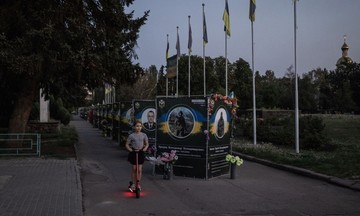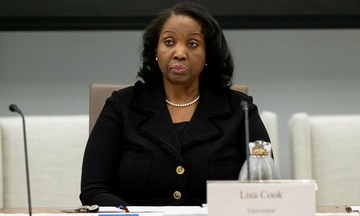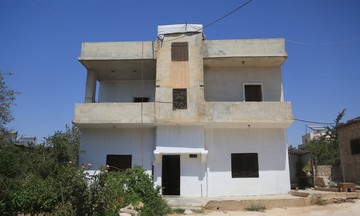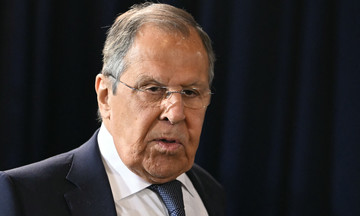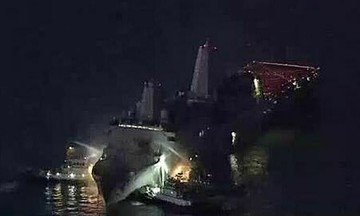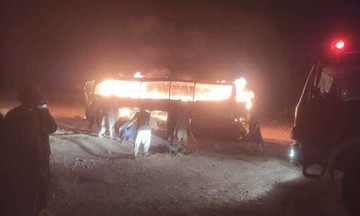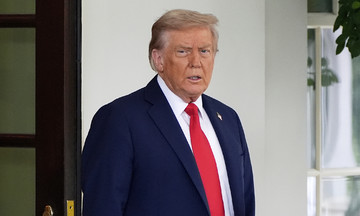Shortly after his summit with US President Donald Trump on 15/8/2017, Russian President Vladimir Putin visited the graves of Soviet airmen at Joint Base Elmendorf-Richardson National Cemetery in Alaska.
Russian media released video footage showing Putin kneeling, laying flowers, crossing himself, and bowing before each headstone. Kremlin spokesman Dmitry Peskov said the visit was pre-planned.
"We will always remember the historical accounts, when our two countries together defeated a common enemy in a spirit of comradeship and alliance, and provided each other with support and assistance," Putin said after meeting with Trump.
The graves hold the remains of Soviet pilots and sailors who died transporting military equipment from the US to the Soviet Union under the Lend-Lease program during World War II.
Signed by US President Franklin D. Roosevelt on 11/3/1941, the Lend-Lease Act marked America's entry into the war, and it ended on 29/9/1945. The act allowed the US to transfer vast amounts of materiel to Allied nations to fight the Axis powers.
The US provided warships, aircraft, tanks, motor vehicles, military equipment, food, and oil to its allies. The act stipulated that the military equipment be used until returned or destroyed. In practice, only a few warships were returned after the war; most equipment was destroyed in combat.
The aid was essentially free, in exchange for the US being allowed to lease and use several army and navy bases in Allied territories during the war.
Through Lend-Lease, the US provided military aid to Britain, the Soviet Union, and China. The British army fought in North Africa using American-supplied Sherman tanks. In 1942, the Soviet army used American equipment in its counteroffensive against Nazi Germany. The act also enabled the US to send trucks, fuel, and engineering equipment to support China against Japan.
According to the article "Graves of Soviet Pilots at Richardson Base Cemetery" on the Russian Ministry of Foreign Affairs website, American aircraft and military equipment bound for the Soviet Union were transported through Canada to Ladd Army Airfield, now Fort Wainwright, Alaska.
From this base, over 300 Soviet pilots trained in the US flew thousands of aircraft across the Bering Strait to the Soviet Far East, and then on to the front lines in Europe.
The Alaska-Siberia air route was crucial to the war effort but also dangerous. Many pilots died in training accidents or due to the harsh Arctic weather.
Initially, the Soviet airmen were buried in Fairbanks and Nome. In 1946, under an order from the Alaskan government, all the remains were moved to Joint Base Elmendorf-Richardson National Cemetery. The cemetery administration dedicated a section to the Soviet airmen, with white headstones inscribed with their names, ranks, units, nationality, and dates of death in both Russian and English.
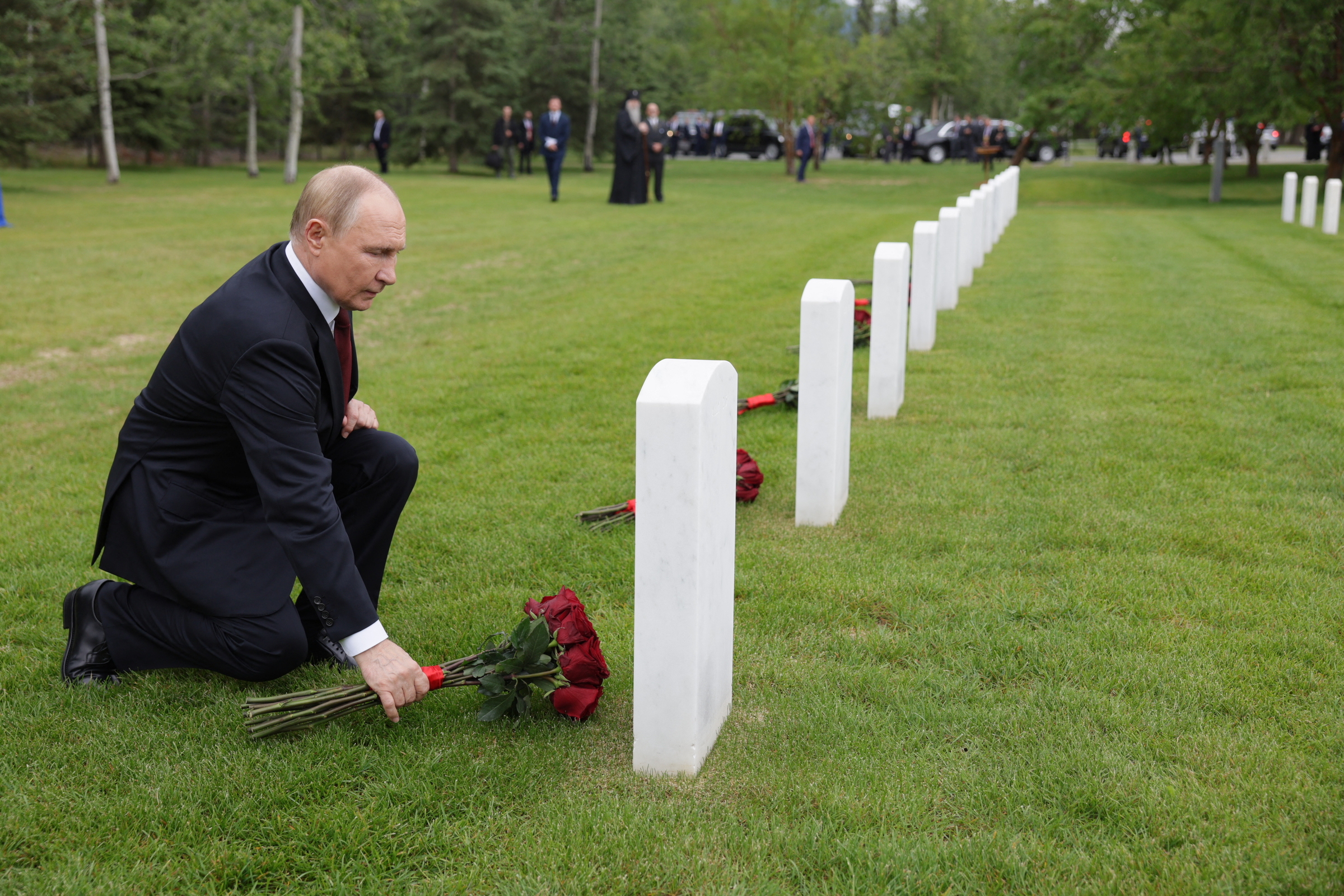 |
President Putin visits the graves of Soviet airmen at Joint Base Elmendorf-Richardson National Cemetery on 15/8. Photo: AFP |
President Putin visits the graves of Soviet airmen at Joint Base Elmendorf-Richardson National Cemetery on 15/8. Photo: AFP
However, records of these graves were virtually nonexistent in Soviet archives for decades. It wasn't until 1990, when a delegation of Soviet veterans visited Alaska, that the location was confirmed.
"For 45 years, we received no information about the graves of our comrades in Alaska," E. G. Radominov, head of the Alaska-Siberia department of the Soviet War Veterans Committee, wrote in a 1990 report.
Joint Base Elmendorf-Richardson National Cemetery has since become a testament to a rare period of cooperation between the two superpowers. In 2011, Russian President Dmitry Medvedev awarded Virginia Walker, the cemetery's director, a medal for preserving and caring for the Soviet graves.
According to the Kremlin, there are 14 Soviet graves in Alaska.
The names and ranks of 11 have been identified: 9 pilots who died ferrying aircraft along the Alaska-Siberia route and 2 sailors who were responsible for receiving ships in Alaska. One grave remains unidentified, and two others are believed to be those of Soviet civilians.
Thanh Danh (Indian Express, Fox, AP)






